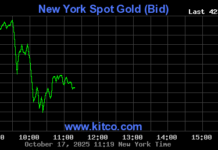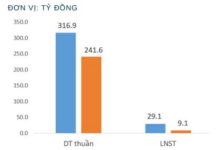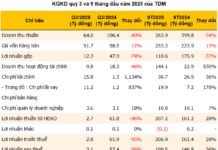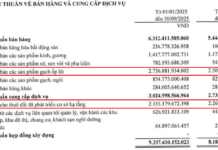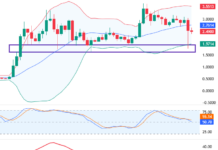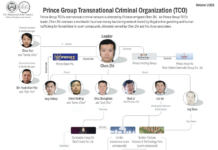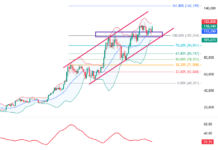As of August 1st, 2024, three new laws related to real estate took effect, instilling strong confidence in investors. Among them, the “big players” who previously sought distressed assets and land for subdivision are now eagerly anticipating the new laws, believing that the restriction on land subdivision in 105 secondary and tertiary urban areas will lead to potential price increases in the future.
The simultaneous enforcement of regulations from the Land Law, Housing Law, and Business Law related to real estate is expected to bring about positive changes in the market going forward.
Clause 6, Article 31 of the 2023 Business Law restricts the transfer of land use rights to individuals in wards, districts, and cities of special, first, second, and third-tier urban areas. This new law expands the scope of application compared to the previous law, which only applied to special and first-tier urban areas directly under the central government.
This regulation, effective August 1st, brings certain benefits and lays the foundation for the sustainable development of the real estate market, particularly the land subdivision segment, in the long run. Some of the advantages include enhanced state control over land subdivision activities, ensuring rational and efficient land use, preventing land speculation and hoarding, and maintaining urban architectural and planning aesthetics (requiring construction before selling to buyers).

However, this regulation will also contribute to increased pressure on the supply of new subdivided land plots in the restricted areas, potentially driving up land prices in a segment that is already prone to localized overheating.
From late 2022 to the end of 2023, subdivided land plots in the outskirts of Ho Chi Minh City were continuously sold at a loss, with some investors facing financial distress even resorting to fire sales. During this period, groups of “big player” investors quietly emerged, scooping up distressed assets and land. This trend continued into the first quarter of 2024 in the southern market, despite a gradual cooling of distressed prices.
The strategy of these investors to acquire subdivided land in anticipation of the new laws demonstrates their long-term vision. With the new laws in effect, the supply of subdivided land is restricted, favoring existing products with land titles. The inventory held by these “big players” is expected to see significant price increases, especially considering the advantageous deals they secured during the distressed asset phase. Many investors are eagerly awaiting the positive impact of the early enforcement of these laws.
Nonetheless, when asked whether there will be a sharp rise in land prices or overheating in the southern subdivided land market following the enforcement of the new laws, industry insiders mostly believe that the land market is unlikely to experience a short-term surge in supply, demand, or prices.
This cautious outlook is attributed to the current impact of macroeconomic factors, global geopolitical crises, ongoing wars, economic instability, and prolonged inflation. Additionally, the land market continues to witness a tug-of-war between two extremes: one segment of investors who have borrowed to purchase real estate is struggling to keep up with bank interest rates, while another segment remains indifferent to real estate investments.
Furthermore, while the new laws have been enacted and took effect on August 1st, there is still a need for implementing decrees and circulars to provide detailed guidance. As such, the market requires time to adjust to these policies. While it is understandable that investors have high hopes, the revival of the real estate market is contingent on various interconnected factors.










